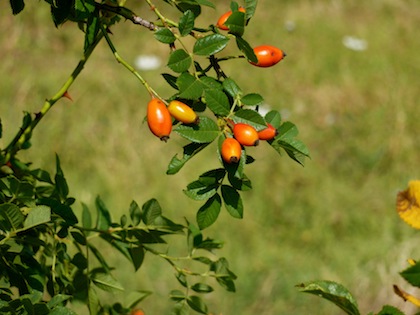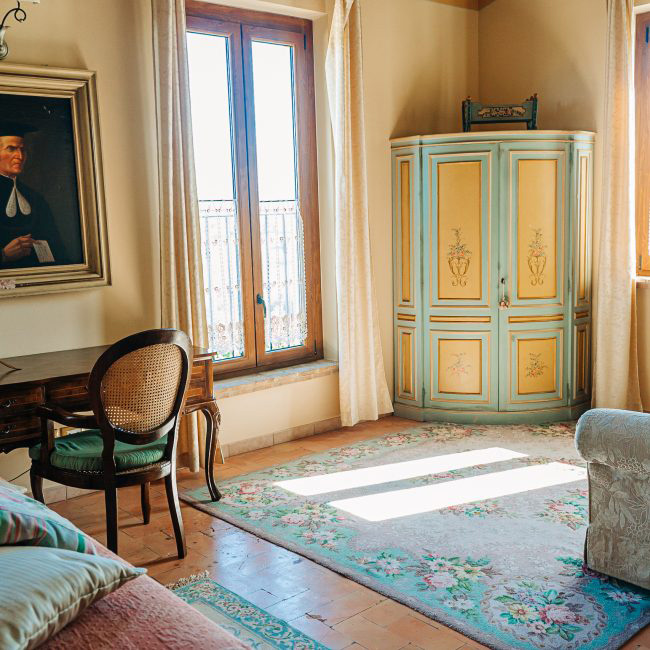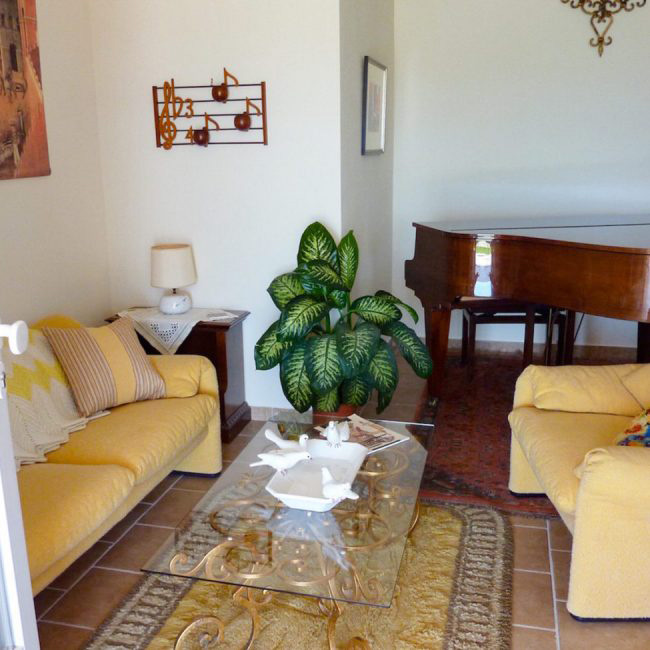detail of the Cathedral façade
Some Personal Reflections on Ferrara from our December Trip
Ferrara has some stiff competition among Emilia-Romagna cities, the likes of Piacenza, Bologna, Parma, Ravenna and the magnificent lesser-visited Castell’Arquato, Faenza and Modena. This said, every Italian city due to its particular/distinct history is unique and doesn’t lend itself to comparisons.
Ferrara is the only major city of Emilia Romagna whose origins were not Roman and the only city of the region, thanks to its intact historic center, to be a UNESCO World Heritage site. While the very first settlement dates back to the 7th century, its significant development began in the 11th century as a Byzantine castrum and continued with Longbard influence. From 1322 Ferrara is linked with the Este Court that brought amazing economic development and artistic splendor. Ferrara underwent three major “additions”, extending the city’s reaches in 1386 under Niccolò and in 1451 under Borso . In this period the Court welcomed Leon Battista Albert, Piero della Francesca, Cosmè Tura, Ercole de’ Roberti e Francesco del Cossa. This latter trio of Ferrarese artists frescoed the Palazzo Schifanoia’s magnificent Allegory of the Months.
a detail from the Allegory of The Months
The third “addition” was perhaps the most ambitious of the three projects: Ercole I summoned Biagio Rossetti to Court in 1492 for the planning and construction of what he called “a true Renaissance city” with large parks, elaborate gardens, magnificent palazzi (Palazzo Diamanti e Palazzo Ludovico il Moro), wide “boulevard” (Corso Ercole d’Este e Corsi Rossetti and Porta Mare) and an extensive circle of new city walls (most of which are still in intact, second only to those of Lucca).
Ariosto, Tasso, Dosso Dossi and scores of musicians were called to the Court along with the Ferrara musician Frescobaldi who stayed until the the end of the Este Court in 1598 before going to Rome.
This past glory seems to echo through the cobblestoned (some as large as medium sized potatoes) streets and “boulevards”and continues to “flavor” Ferrara and its citizens. There is a pronounced refinement in the local population, seemingly still imbued with the world-class culture of the Este Court which left an indelible imprint on the city – just as glorious artistic and musical traditions always do.
There is no city among the valley cities of Italy where the bicycle is such an unrivaled protagnonist. There are numerous “Use a Bike” stations where one can simply jump on a bike and leave it at another station. Bicycle pumps are available at every station.
While our visit was in festive December, there were, nevertheless, very few tourists. We never saw a translated menu or any museum information cards in English. Ferrara does very little to attract the throngs and doesn’t seem at all tempted to lose its soul to mass tourism.
We have never seen in any other city such an extensive use of terracotta in portals, friezes, sculptures, or bas reliefs on building façades as we did in Ferrara. The effect is absolutely beautiful – stunning – as rows and rows of palazzo windows are topped and often sided in these richly decorated frames.
The 1135 Romanesque façade of the Cathedral is mesmerizing, especially at night when the excellent lighting casts intriguing shadows and fascinating chiaroscuro effects. The beauty was enhanced by a regal, 25-foot beautifully lit Christmas tree in the open square of the Cathedral and by the other delightful garland-type lights all around the square.
While the Este Castle is ponderous in its sheer volume, it assumes a lighter aspect at night when it is reflected in its surrounding moat. It dominates, architecturally and in its far-reaching historic significance, the center of Ferrara even more than the Cathedral.
As much as we prepare ahead for cultural trips, it is always exciting to make an unexpected discovery. In this case, it was to see so many excellent paintings by a new-to-us, Ferrarese late-Renaissance/Mannerist painter, Garofolo, AND to find the Cathedral Museum so full of fascinating art. I should add, on a completely different note, the wonderful discovery of the best dark hot chocolate we have ever had at FR 1971 Chocolate across from the Cathedral Museum.
We came away with a sense of a city well-aware of its place in history, of its world-class cultural tradition, of its heritage – but of a city NOT in competition with others and with NO yearning to be what it isn’t…and with NO intention to sell its soul in order to attract more of the tourist throngs. Refined and proud, Ferrara is magnificently authentic and true to itself.
striking 13th century stone work at the Cathedral Museum
the dominant Castello













